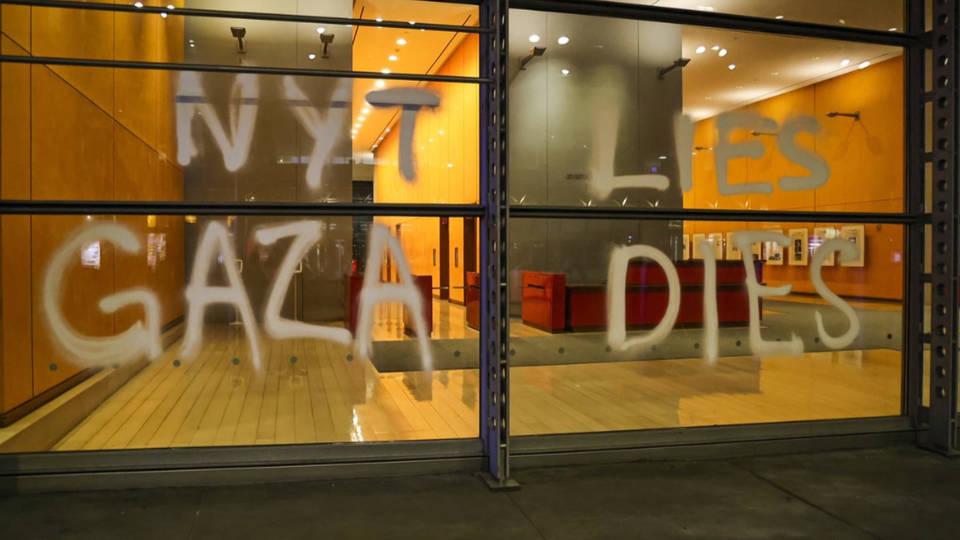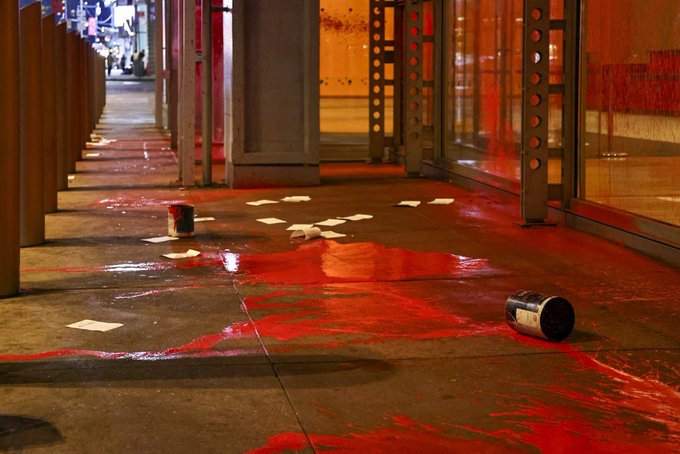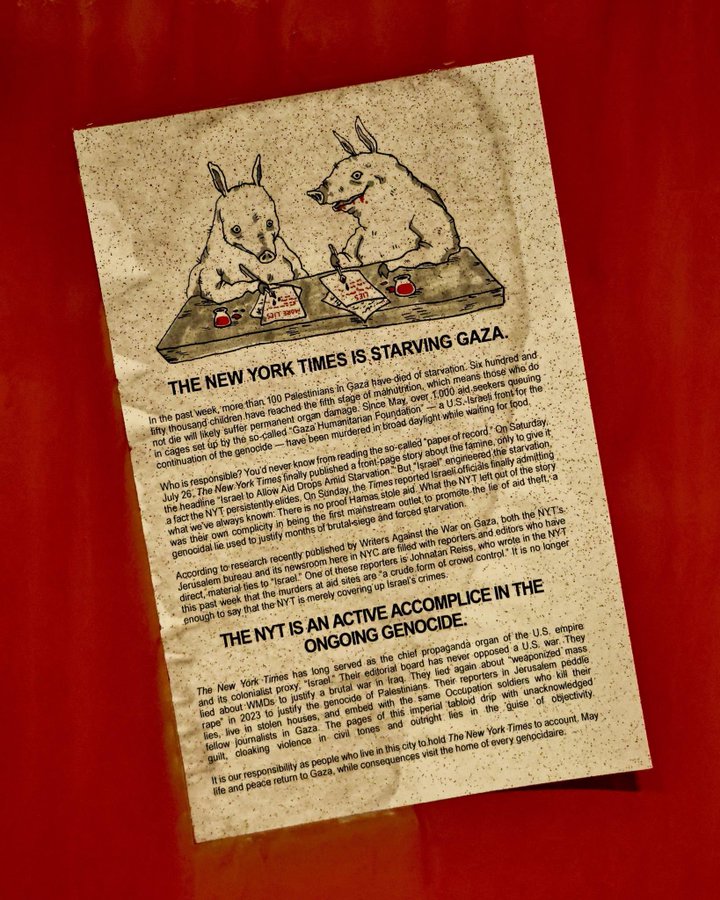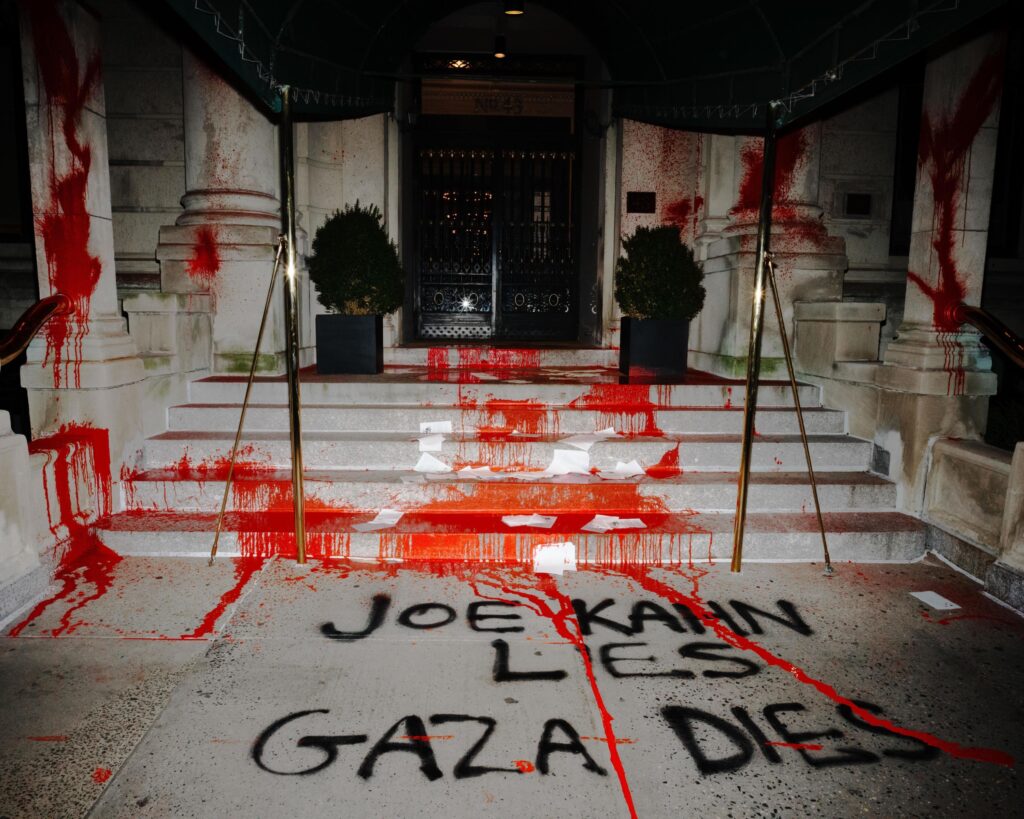In commemoration of October 7th, the revolutionary Al-Aqsa Flood Operation, we are calling for a week of action for pro-Palestinian political prisoners Elias Rodriguez and Casey Goonan.
The Palestinian Revolution, with dignity and pride, changed the course of history two years ago, and on this anniversary we must also stand up for those who took action. Former political prisoner Georges Abdallah said, “it is the duty of every revolutionary to respond with the means at their disposal” in his salute to Elias, noting that it is a duty for revolutionaries in the west to rise in response to genocide and in solidarity with the Resistance. Elias is accused of being such a figure and Casey has been convicted of fulfilling this duty.
Elias is accused of assassinating two zionist pigs in DC in solidarity with anti-colonial Resistance forces in West Asia fighting for a free Palestine. He is currently pre-trial and potentially facing the death penalty.
Casey Goonan is a political prisoner who has been convicted of torching a UC Berkeley pig vehicle in support of the pro-Palestine student movement and in support of the Palestinian Revolution. They were accused of a series of arsons in what was termed Operation Campus Flood. They were recently sentenced to almost 20 years in prison.
From October 25 through November 1st take action in support of our comrades. Direct actions, letter writing, wheat pasting, banner drops, or whatever you may have in your toolkit. Stand up for our comrades in the imperialist dungeons.
Email us any photos or reports of your actions and we will publish them in a later round up.
Email: dayofaction1025@proton.me
Casey Goonan #24611-511
FCI Mendota
33500 West California Avenue
Mendota, CA
93640
(Casey likely will not be here indefinitely so please check before sending mail.)
Elias Rodriguez
#394346
1901 D Street SE,
Washington DC
20003
Submitted.

















